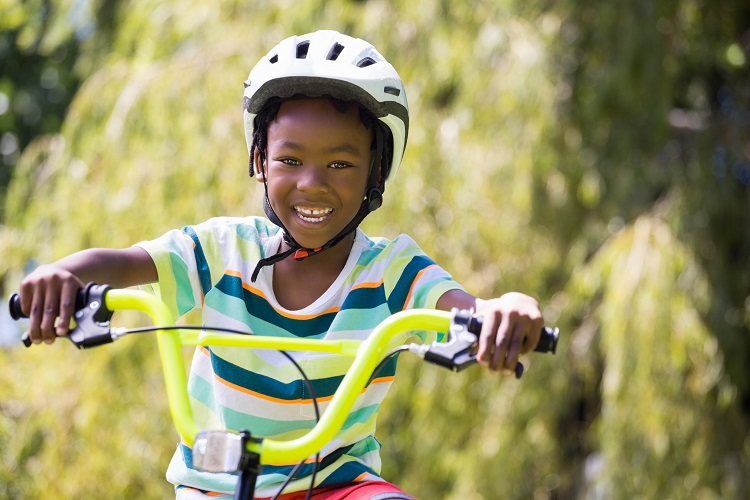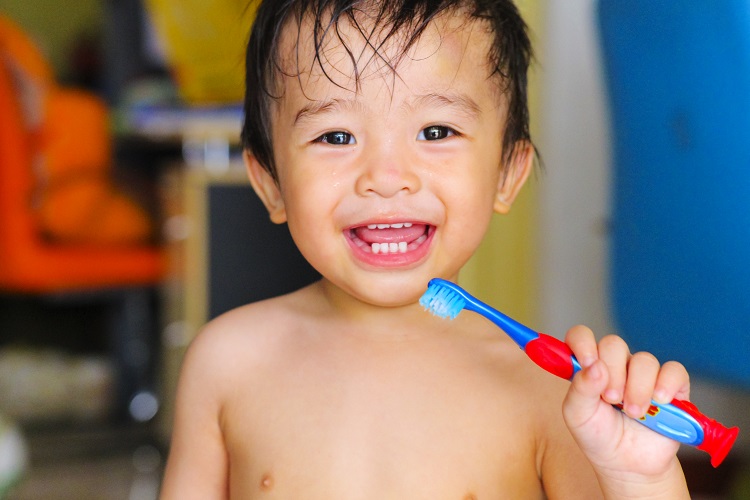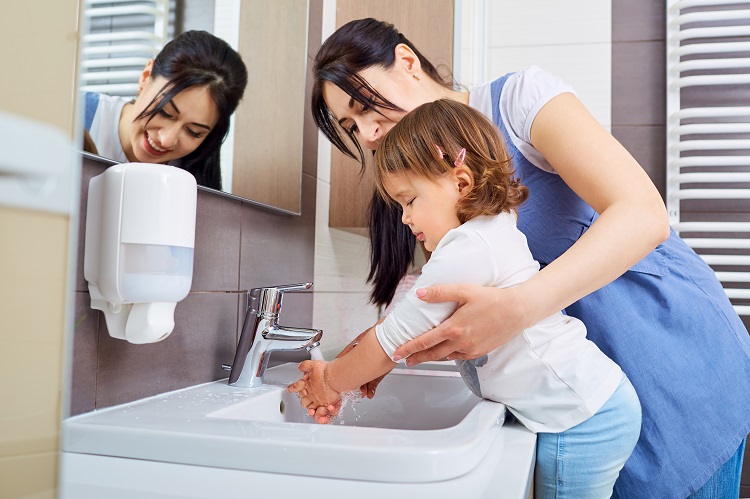As the end of the school year approaches, your teen may have expressed interest in getting a summer job. For many teens, having a summer job is their first opportunity to take on a higher level of responsibility, earn money, and behave more like an adult. However, as competition increases for entering college, you may be thinking, “Should my teen get a summer job or concentrate on academics?”
There are many benefits to having a summer job:
- Interest and Opportunities. A summer job may help your teen better identify goals or interests. Suggest your teen search for jobs or internships in areas within a desired field of interest. Experiences from this type of job could lend support as your teen starts exploring degree options and career paths.
- Resume Building/Networking Skills. To apply for a job, your teen will need to produce a resume. Applying for a summer job is a great way to start learning the ropes of resume building and writing! Help your teen identify and engage in networking opportunities. For example, groups like Rotary, community outreach programs, school boards, or even your job can help your teen build relationships and communication skills.
- Improve Job Interview Skills. Before getting a job, your teen will need to learn basic interview skills. Developing interview skills is a good way for your teen to build confidence and for you as a parent to capture some quality time. Prepare realistic interview questions and run through a few mock interview sessions.
- Money Management. Having a summer job is a great opportunity for your teen to gain and further financial literacy and responsibility skills. As a parent, you can help your teen appreciate the importance of saving money and learn how to budget earnings.
- Improving Responsibilities. Learning to balance multiple activities; taking initiative; building confidence and independence; and learning the importance of hard work, time management, and communication skills are invaluable skills that your teen could learn from having a summer job.
- Staying Busy. A summer job will keep your teen busy over the months when school is out. This will encourage them to develop a set schedule for the summer, which means they will more likely stay active and out trouble.
- Consider Volunteering. If a summer job is not possible (e.g., your teen only has a few hours each week to spare), encourage your teen to check out local organizations and clubs to see if there are any volunteer opportunities that may be suitable for interests. Volunteering is also a great way for your teen to network and give back to your community.
If your teen is adamant about getting a summer job, try to develop a plan and a schedule that works for everyone. Remember to regularly check in with your teen. If you feel your teen is struggling to balance day-to-day routines because of a summer job, talk about how time can be managed more efficiently or other possible solutions.
But first, don’t forget to check your local labor laws to see if there are any age requirements or restrictions that may prevent your teen from getting a job of interest.
For more tips and ideas about your teen getting a summer job, check out the resources links below!
Additional Resources
- Teen Health: 5 Reasons to Look for a Summer Job – https://kidshealth.org/en/teens/tips-summer-jobs.html
- Teen Health Finding a Summer Job or Internship – https://kidshealth.org/en/teens/summer-job.html
- 100 Summer Jobs for Teens – https://www.thepennyhoarder.com/make-money/100-summer-jobs-for-teens/
- UASJobs, Students and recent graduates – https://www.usajobs.gov/Help/working-in-government/unique-hiring-paths/students/









